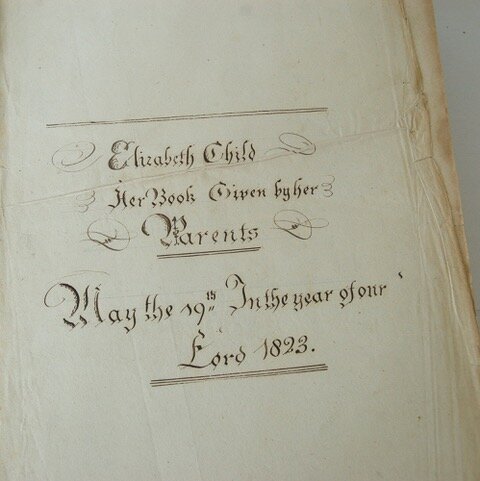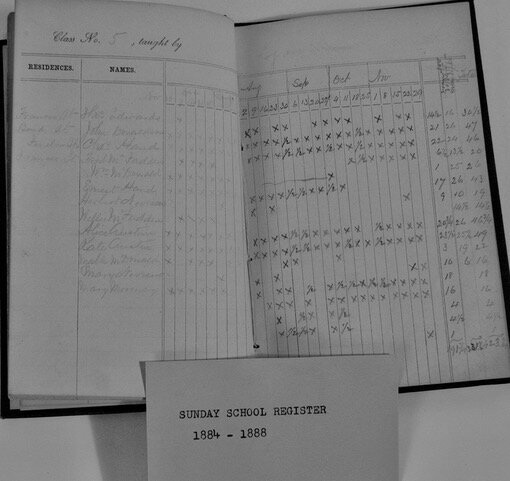The History of St. James Church
Submission by Bev Jeeves
John W. Gardner, a pioneer for the “Common Cause Movement” in the second half of the 20th century, said, “History never looks like history when you are living through it.” Sometimes as we research history we don’t see what is relevant.
History is found in many places in a community. We each have our family records and memorabilia. Local museums hold artifacts and archives of a community and provide exhibits. Regional, provincial and national archives hold vast amounts of records both physically and digitally for us to research and explore either in person, or during Covid-19, online. Fenelon Falls was just honoured with a second updated printing of “Fenelon Then and Now” which was sold out before it hit the pavement.
One place for research that many do not think of is a Church. Many churches have endless artifacts and archives of the people who lived in a community. There are record books recording attendance, church monies and donations of objects, and Sunday school attendance, inscriptions inside of books – these all give an indication of who might have lived in a community at a certain place and time. As with all collections, sometimes mysteries are solved, and sometimes there are more questions than answers.
St. James Church here in Fenelon Falls created an Archival Committee in 2017 for the purpose of telling the story of Anne Langton and her role in the creation of the “United Church of England and Ireland” (as known then) and what we now call the Anglican Church of Canada, in Fenelon Falls. The first log church was located up on “church hill” which is now known as the Pioneer Cemetery. No longer owned by St. James, the graveyard is now looked after by the City of Kawartha Lakes. There is a sign located at the corner of Church and Head streets that tells the history of the cemetery and how St. James Anglican Church connects with the founding of Fenelon Falls. It is a quiet, peaceful place BUT be careful in the wooded area and ruins of the second St. James church; they are full of poison ivy in the spring and summer months.
St. James is privileged to have amongst its collections the original deed to the property when donated by Robert Jameison and James Wallis in 1835.
Church records that indicate the first baptisms performed by officiating minister C.T. Wade on May 6, 1838 were:
John, son of Christopher and Catharine Brandon,
Mary Anne, daughter of James and Mary Junkin,
Mary Jane, daughter of William and Jane Junkin,
Mary Anne, daughter of William and Mary Elliott
Eliza Catharine, daughter of Simon and Eliza Purdon
Thomas Cole, son of William and Margaret Bell
Rachael, daughter of James and Frances McConnell
The first burial at St. James Cemetery, now the Pioneer Cemetery mentioned above:
Baby James Sparlin, son of Edward Sparlin who was buried July 10, 1836 aged one year.
The pictures show inscriptions of books in St. James Archives:
A page of a Sunday school attendance book from 1884-1888. The family names of Hand, McFadden, Howard, Donaldson, and Edwards are the easiest to make out.
An inscription from a child’s bible that reads “Elizabeth Child. Her book was given by her Parents. May the 19th in the year of our Lord 1823.” This inscription is a mystery as the church is not even conceived until 1835 and the name Childs is not found in early records …
St. James Archival committee would like to share with Fenelon Falls some of its treasures found amongst the books, records and objects of the church and St. James history over the coming months on our webpage at https://www.fenelonanglican.com. Perhaps they can be an answer to any of your mysteries when in your genealogical or community research.
If you have any questions, please feel free to contact Bev Jeeves at 905-431-5394.
Bev Jeeves is the Secretary and Communications Director to Kawartha Lakes Culture and Heritage Network,, and Chair of the St. James Archival Committee.


